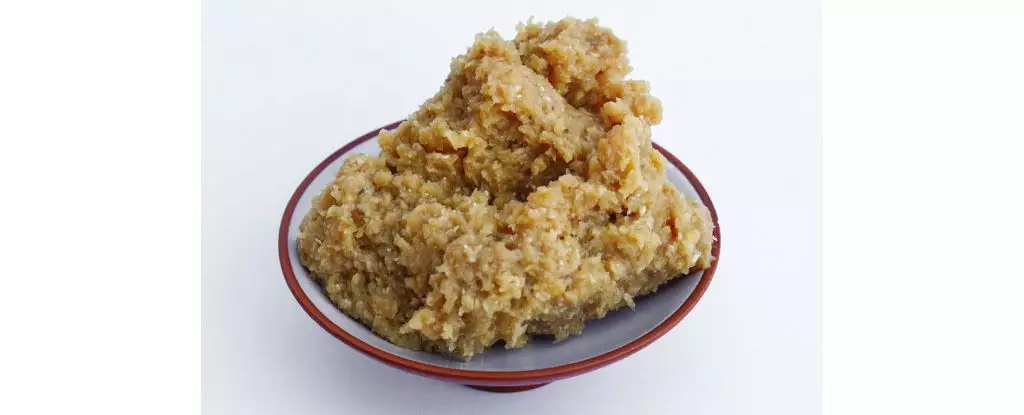Recent research has unveiled the extraordinary influence of microgravity on food fermentation, particularly through the lens of miso production aboard the International Space Station (ISS). This delectable soybean paste, traditionally celebrated in Japanese cuisine, reveals that even the tiniest shifts in environmental conditions can yield profound changes in flavor. A unique study conducted simultaneously on Earth and in space has demonstrated that miso fermented in the microgravity of the ISS possessed a flavor profile distinctly nuttier and more roasted compared to its earthly counterparts. Such findings indicate that our understanding of taste and fermentation could expand dramatically as we embark on longer missions into space.
Microbial Life: Thriving Beyond Earth
One of the more intriguing aspects of this research, as articulated by Maggie Coblentz, an industrial design scientist at MIT, is the insight into microbial life forms in isolation. The experiment’s outcomes challenge the long-held perception of the ISS as a sterile environment. Instead, it highlighted the autonomy of microbial communities, which not only survived but thrived under microgravity conditions. This notion opens the door to broader bioethical discussions regarding the implications of transporting terrestrial life to extraterrestrial contexts. The ability of these microbes to adapt provides an optimistic outlook on the possibilities for sustaining life, including human life, in the vastness of space.
Unpacking the Research Methods
The experiment set forth a well-structured methodology to investigate the nuances of this cosmic culinary creation. Researchers prepared three distinct batches of miso starter, dispatching them to three locations: Cambridge, Massachusetts; Copenhagen; and the ISS. Each batch was monitored using advanced sensing technology that safeguarded the fermentation parameters, ensuring consistent conditions for scientific comparison. While Cambridge and ISS batches were housed in identical controlled environments, the Copenhagen batch was left unmonitored, serving as a critical control to gauge any influence from environmental conditions.
After a rigorous 30-day fermentation period, the samples were carefully retrieved and subjected to a battery of analytical procedures. Genome sequencing provided insights into the microbial compositions of the misos, while assessments of texture, color, and flavor profiles unveiled the surprising taste differences—nuttier, more complex, and distinctly richer aromas were noted in the space-fermented miso.
Flavor Profile: Space vs. Earth
The flavors observed in space miso can be traced back to compounds formed during fermentation, and the study notably identified a higher presence of certain beneficial bacteria such as Staphylococcus epidermidis and Staphylococcus warneri. These bacteria alone may have contributed to the enhanced taste due to the warmer fermentation temperatures that prevailed in the ISS. Furthermore, the research revealed the unique presence of Bacillus velezensis exclusively in the space batch, suggesting that isolation of microbial species can yield unexpected flavors that can redefine food experiences.
Interestingly, while all three miso pastes shared the expected salty flavor profile, the space miso emerged as a singular experience. Researchers confirmed that the pyrazine compounds contributed to the nuttier and roasted flavors, potentially accelerated by the ISS environment. These findings provide a thrilling glimpse into how flavor and nutrition could evolve in future interstellar missions.
Implications for Space Exploration and Culinary Arts
The confluence of microbiology, flavor science, and cultural dimensions illustrates a promising frontier for space exploration, bringing together audiences of culinary enthusiasts, scientists, and ethicists alike. Food scientist Joshua Evans from the Technical University of Denmark emphasizes the potential for these findings to enhance astronaut well-being and performance during long-term space missions. The practicalities of nutrition and food enjoyment are as crucial as the scientific pursuits of space exploration.
As humanity ventures further into the cosmos, how we nourish ourselves may evolve, potentially redefining culinary practices that have been established over millennia, yet could ultimately lead to a deeper understanding of life itself. The space miso, thus, is not merely an experimental food product but a symbol of humankind’s aspirations to expand our presence beyond Earth, fostering a profound appreciation for the microbial and gastronomic diversity that awaits us in the universe.

